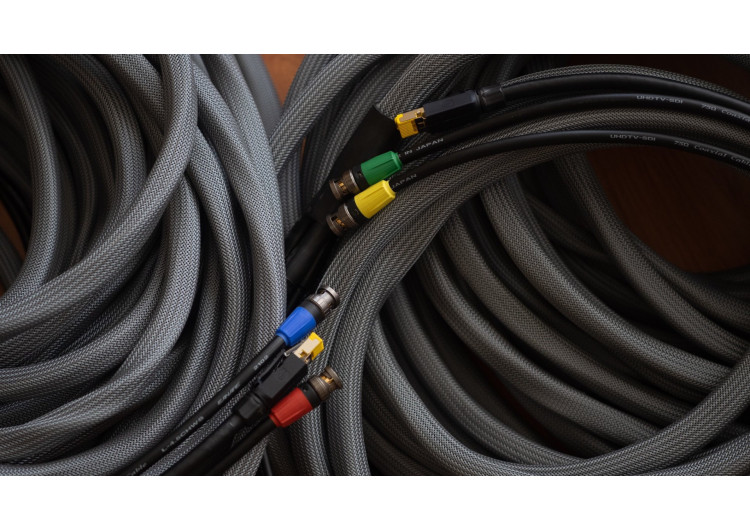Understanding SDI Cable Standards and Their Frame Rate Implications

Selecting the appropriate SDI standard depends on the production's resolution and frame rate requirements.
In the realm of professional video production, Serial Digital Interface (SDI) standards are pivotal for transmitting high-quality video signals over coaxial cables. These standards, defined by the Society of Motion Picture and Television Engineers (SMPTE), have evolved over time to accommodate increasing demands for bandwidth and quality in video broadcasting. Let’s explore the various SDI standards and their implications for frame rates in video production.
SDI (Standard Definition SDI)
The original SDI standard, known as SMPTE 259M, supports standard definition video. It is primarily used for 480i and 576i formats, carrying signals at a bit rate of 270 Mbps. This standard typically supports frame rates up to 30 fps (frames per second) for standard definition content.
HD-SDI (High Definition SDI)
HD-SDI, defined by SMPTE 292M, marked a significant step up, catering to high definition video. It supports 720p and 1080i video formats at a higher bit rate of 1.485 Gbps. This increase allows for frame rates up to 60 fps in 720p and up to 30 fps in 1080i.
3G-SDI (3 Gigabit SDI)
With the introduction of SMPTE 424M, known as 3G-SDI, the capability was further enhanced. 3G-SDI effectively doubles the bandwidth of HD-SDI, handling up to 2.970 Gbps. This standard is compatible with 1080p format and supports frame rates up to 60 fps, making it suitable for high-definition, high-frame-rate applications.
6G-SDI
6G-SDI, though not as widely adopted as other standards, offers a significant bandwidth increase, capable of handling 6 Gbps. This standard is designed to support higher resolution formats like 4K at lower frame rates. It can transmit 4K content at frame rates up to 30 fps.
12G-SDI
12G-SDI represents the current cutting-edge in SDI technology. Defined by SMPTE ST 2082-1, it quadruples the bandwidth of 3G-SDI, handling up to 12 Gbps. This standard is capable of transporting 4K video at up to 60 fps, meeting the needs of ultra-high-definition (UHD) productions.
Frame Rate Implications
Each SDI standard is closely tied to the frame rates it can support, dictated by the bandwidth each standard can handle. As video resolution and quality requirements have increased, so too has the need for higher bandwidth to maintain smooth frame rates. For instance, while standard SDI is sufficient for standard definition video, high definition and beyond require the higher bandwidths offered by HD-SDI, 3G-SDI, and beyond.
In conclusion, understanding SDI cable standards is crucial for professionals in video production and broadcasting. The evolution from SDI to 12G-SDI has paralleled the industry’s move towards higher resolutions and frame rates. Each standard offers specific capabilities in terms of the video format and frame rate support, making it essential for professionals to choose the right standard based on their production needs. As technology advances, we can expect further developments in these standards to accommodate even greater resolutions and frame rates, continuing to push the boundaries of video quality and performance.

Comments
No comment at this time!
Leave your comment